Home>Gardening & Outdoor>Pool & Spa Care>Why Is My Hot Tub Not Heating Up
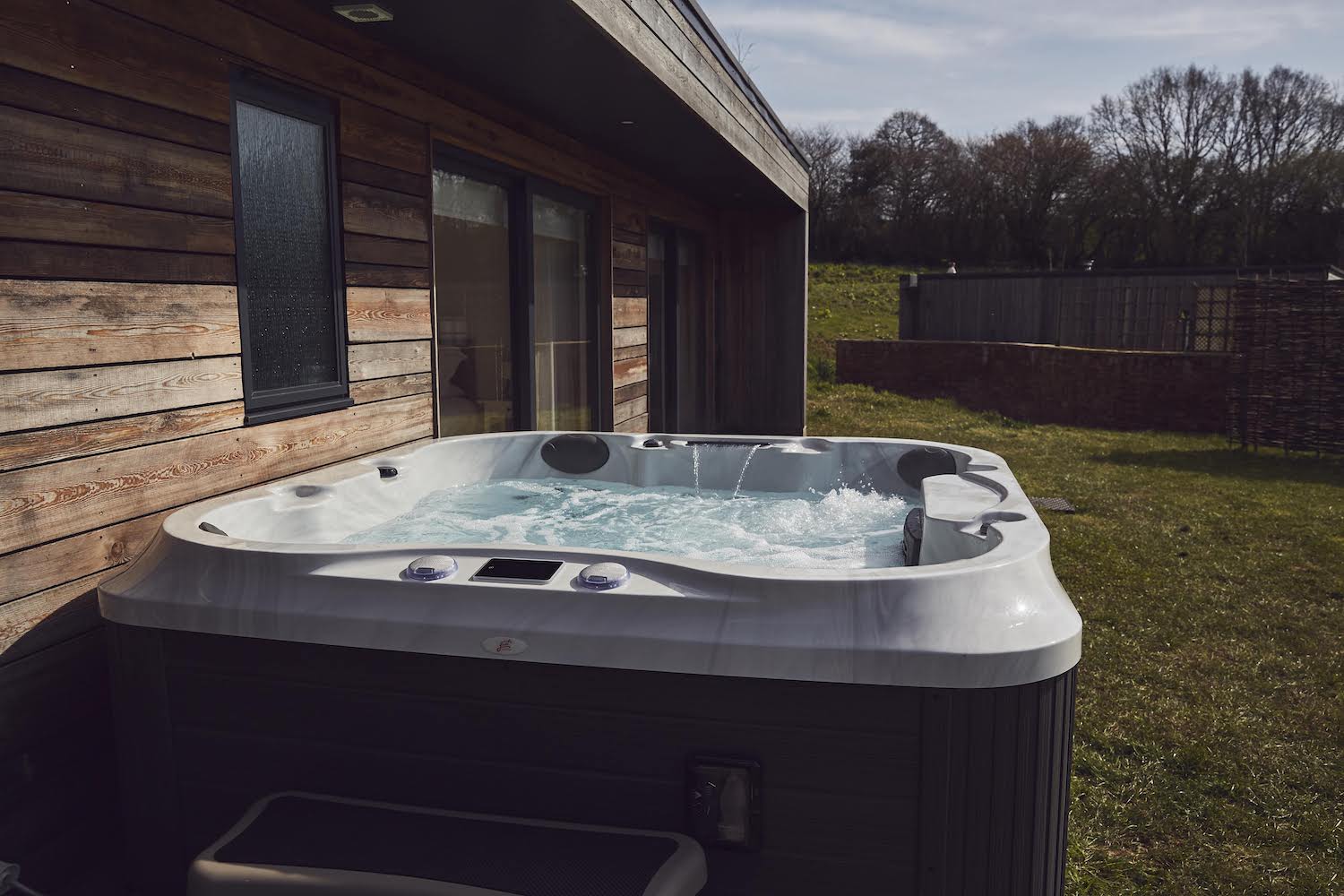

Pool & Spa Care
Why Is My Hot Tub Not Heating Up
Modified: January 24, 2024
Discover common reasons why your hot tub is not heating up and get expert tips for troubleshooting and solving the issue. Ensure proper pool and spa care with our helpful advice.
(Many of the links in this article redirect to a specific reviewed product. Your purchase of these products through affiliate links helps to generate commission for Storables.com, at no extra cost. Learn more)
Introduction
Welcome to the world of luxurious relaxation and hydrotherapy – the realm of hot tubs. There’s nothing quite like sinking into the warm, bubbling water after a long day, feeling the tension melt away as the jets work their magic on your muscles. However, the blissful experience can be disrupted when your hot tub fails to heat up properly. If you find yourself in this frustrating situation, fear not! We’re here to guide you through the troubleshooting process and help you identify the potential reasons behind your hot tub’s reluctance to reach the desired temperature.
Before diving into the specifics, it’s important to highlight the significance of addressing heating issues promptly. In addition to compromising your relaxation time, a malfunctioning hot tub heater can lead to other complications, such as bacterial growth in the water due to inadequate temperature maintenance. By promptly addressing any heating issues, you can ensure that your hot tub remains a safe and enjoyable oasis of comfort and rejuvenation.
So, let’s embark on a journey to uncover the potential culprits behind your hot tub’s heating woes. From power source checks to thermostat inspections and heating element evaluations, we’ll explore each aspect methodically, equipping you with the knowledge to identify and resolve the issue. By the end of this guide, you’ll be well-versed in troubleshooting hot tub heating problems, empowering you to restore your beloved relaxation haven to its optimal, temperature-regulated state.
Key Takeaways:
- Ensure your hot tub’s power source is functioning properly by checking the circuit breaker and power cord. Safety first – consult a professional for electrical issues.
- Regularly inspect and clean your hot tub’s thermostat, heating element, and insulation to maintain optimal heating performance and a cozy, rejuvenating experience.
Read more: Why Is The Hot Tub Not Heating Up
Check the Power Source
When your hot tub is failing to heat up, the first step is to ensure that it’s receiving an adequate power supply. Begin by checking the circuit breaker or fuse box to confirm that the hot tub’s electrical source is functioning properly. A tripped breaker or blown fuse could be the root cause of the heating issue. If you encounter a tripped breaker, reset it and monitor the hot tub to see if it begins heating up again. However, if the breaker continues to trip, it may indicate an underlying electrical problem that requires professional attention.
Another crucial element to examine is the hot tub’s power cord and plug. Inspect the cord for any signs of damage, such as fraying or exposed wires, as these issues can impede the flow of electricity to the heating system. Additionally, ensure that the plug is securely connected to the power outlet and that the outlet itself is functioning correctly. Testing the outlet with another device can help determine if the issue lies with the hot tub or the electrical supply.
It’s important to emphasize the significance of safety during this process. When dealing with electrical components, exercise caution and, if uncertain, consult a qualified electrician to assess and address any potential wiring or power supply issues. By diligently examining the power source and addressing any electrical irregularities, you can eliminate one of the common causes of hot tub heating problems and move on to the next troubleshooting steps with confidence.
Inspect the Thermostat
The thermostat serves as the command center for regulating the temperature of your hot tub. When troubleshooting heating issues, it’s essential to evaluate the thermostat’s functionality and settings. Begin by checking the temperature setting on the control panel to ensure that it aligns with your desired heat level. If the set temperature is notably higher than the actual water temperature, it may indicate a potential thermostat malfunction.
Next, assess the responsiveness of the thermostat by adjusting the temperature setting and observing the hot tub’s heating behavior. If the temperature fails to rise in accordance with the adjusted setting, the thermostat may be malfunctioning and in need of recalibration or replacement. Keep in mind that thermostat calibration procedures can vary based on the hot tub’s make and model, so referring to the manufacturer’s instructions or consulting a professional is advisable for precise adjustments.
In some cases, the thermostat sensor, which measures the water temperature, may be the source of the heating issue. Inspect the sensor for any damage or displacement, as it must be in direct contact with the water to accurately relay temperature data to the thermostat. Cleaning the sensor and ensuring its proper positioning can help rectify temperature inaccuracies and restore the heating functionality of the hot tub.
Additionally, if your hot tub is equipped with a digital thermostat, check for error codes or indicators that may provide insight into potential malfunctions. Error messages related to temperature sensing or control system errors can offer valuable clues for diagnosing and addressing thermostat-related heating problems.
By meticulously inspecting and troubleshooting the thermostat and its associated components, you can gain a comprehensive understanding of the hot tub’s temperature regulation system and take proactive measures to rectify any identified issues.
Examine the Heating Element
The heating element serves as the powerhouse behind your hot tub’s ability to warm the water to your desired temperature. When encountering heating issues, it’s crucial to assess the condition and functionality of this vital component. The heating element is typically located within the hot tub’s housing or heating chamber, and its performance can be impacted by various factors.
Begin by inspecting the heating element for any visible signs of damage, such as corrosion, mineral buildup, or physical breakage. Over time, mineral deposits from the water, particularly in hard water areas, can accumulate on the heating element, impeding its ability to efficiently transfer heat to the water. If mineral buildup is evident, carefully clean the heating element using manufacturer-approved descaling solutions or methods to restore its optimal functionality.
In some cases, a malfunctioning heating element may exhibit electrical issues, such as a lack of continuity or resistance outside of the normal range. Utilizing a multimeter, a tool used to measure electrical resistance, can aid in diagnosing potential heating element malfunctions. By testing the continuity and resistance of the heating element, you can determine if it’s operating within the expected parameters or if it requires replacement.
If the heating element proves to be the culprit behind your hot tub’s heating woes, replacing it with a compatible, high-quality component is essential for restoring efficient water heating. Consult the hot tub’s manual or the manufacturer’s guidelines to ensure that the replacement process aligns with recommended procedures and safety precautions. Additionally, if you’re uncertain about handling electrical components, seeking assistance from a professional technician is advisable to ensure a safe and effective heating element replacement.
By thoroughly examining and addressing any issues related to the heating element, you can enhance the heating performance of your hot tub and prolong the longevity of this integral heating component, ensuring consistent and reliable water temperature for your enjoyment.
Check if the hot tub’s heater is working and the thermostat is set to the desired temperature. Also, make sure the water level is sufficient and the filter is clean to allow proper water circulation for heating.
Evaluate the Control Panel
The control panel of your hot tub serves as the central interface for managing various functions, including temperature settings, jet activation, and overall system operation. When troubleshooting heating issues, a comprehensive evaluation of the control panel is essential to identify potential malfunctions or settings that may be impacting the hot tub’s heating performance.
Begin by reviewing the temperature settings displayed on the control panel. Ensure that the selected temperature aligns with your desired heat level and that any adjustments made are accurately reflected in the system’s operation. If discrepancies between the displayed and actual water temperature persist, it may indicate a control panel issue affecting the temperature regulation function.
Additionally, inspect the control panel for error messages, indicators, or abnormal behavior that may provide insights into underlying heating system malfunctions. Error codes related to temperature sensors, heating elements, or control system errors can offer valuable diagnostic clues for addressing heating issues effectively.
Furthermore, if your hot tub is equipped with programmable or advanced control features, such as scheduling functions or energy-saving modes, ensure that these settings are optimized for efficient heating operation. In some instances, inadvertent activation of energy-saving modes or scheduling conflicts may affect the hot tub’s ability to reach and maintain the desired temperature. Reviewing the control panel’s programming and settings can help identify and rectify any configuration-related obstacles to effective heating.
If the control panel displays signs of physical damage, unresponsiveness, or erratic behavior, it may indicate the need for professional inspection and potential repairs or replacements. Control panel malfunctions can significantly impact the overall functionality of the hot tub’s heating system, making thorough assessment and, if necessary, expert intervention crucial for restoring optimal performance.
By meticulously evaluating the control panel and addressing any identified issues or discrepancies, you can optimize the heating functionality of your hot tub, ensuring seamless temperature regulation and enhanced user experience.
Read more: How To Heat Up Hot Tub
Review the Insulation
The insulation of your hot tub plays a pivotal role in retaining heat and optimizing the efficiency of the heating system. When troubleshooting heating issues, it’s essential to assess the condition and effectiveness of the hot tub’s insulation to identify potential factors contributing to inadequate temperature maintenance.
Begin by examining the insulation material surrounding the hot tub’s shell and plumbing. Look for any signs of damage, deterioration, or moisture intrusion that may compromise the insulation’s ability to retain heat. Over time, insulation materials can degrade due to exposure to moisture, UV radiation, or general wear and tear. If the insulation exhibits signs of degradation, consider addressing the affected areas to restore optimal thermal retention.
Inspect the hot tub’s cover, a critical component of heat retention and energy efficiency. Ensure that the cover is in good condition, free from tears, warping, or water saturation, as these issues can diminish its insulating properties. A properly fitted and well-maintained cover forms a vital barrier against heat loss, contributing to the overall effectiveness of the hot tub’s insulation system.
In addition to visual inspection, assess the overall snugness and integrity of the insulation surrounding the hot tub’s components, including the plumbing, heating elements, and shell. Properly sealed and insulated areas help minimize heat dissipation and optimize the heating system’s performance, ensuring that the water retains its warmth efficiently.
If your hot tub is positioned outdoors, consider the impact of external environmental factors, such as ambient temperature and wind exposure, on the insulation’s effectiveness. Windbreaks, strategically placed barriers, or additional insulation measures can mitigate the influence of external elements on heat loss, enhancing the overall thermal efficiency of the hot tub.
By thoroughly reviewing and addressing any insulation-related concerns, you can bolster the hot tub’s ability to maintain optimal water temperature, reduce energy consumption, and enhance the overall heat retention capabilities, ultimately contributing to a more enjoyable and energy-efficient hot tub experience.
Conclusion
Embarking on the journey to troubleshoot and resolve hot tub heating issues equips you with the knowledge and insights needed to restore your oasis of relaxation to its optimal, temperature-regulated state. By systematically addressing potential culprits behind heating problems, you can enhance the performance and longevity of your hot tub while ensuring a consistent and enjoyable hydrotherapy experience.
From checking the power source and evaluating the control panel to inspecting the thermostat, heating element, and insulation, each step in the troubleshooting process offers valuable opportunities to identify and rectify factors impacting your hot tub’s heating functionality. By diligently examining these key components and systems, you can proactively address issues and maintain a comfortable and inviting hot tub environment for relaxation and rejuvenation.
It’s important to emphasize the significance of safety and, when in doubt, seeking professional assistance to address electrical or technical concerns. Additionally, referring to the hot tub’s manual and manufacturer’s guidelines for specific troubleshooting and maintenance procedures can provide invaluable support in addressing heating issues effectively.
By nurturing and maintaining your hot tub’s heating system, you’re not only ensuring a cozy and therapeutic retreat but also safeguarding the longevity and efficiency of this cherished relaxation haven. Regular maintenance, attentive troubleshooting, and proactive care contribute to a seamless and enjoyable hot tub experience, allowing you to immerse yourself in the soothing warmth and rejuvenating benefits of hydrotherapy.
As you navigate the intricacies of hot tub maintenance and troubleshooting, remember that each step taken to optimize the heating performance contributes to a more delightful and comforting experience, enriching your well-being and relaxation journey within the tranquil embrace of your hot tub.
Frequently Asked Questions about Why Is My Hot Tub Not Heating Up
Was this page helpful?
At Storables.com, we guarantee accurate and reliable information. Our content, validated by Expert Board Contributors, is crafted following stringent Editorial Policies. We're committed to providing you with well-researched, expert-backed insights for all your informational needs.
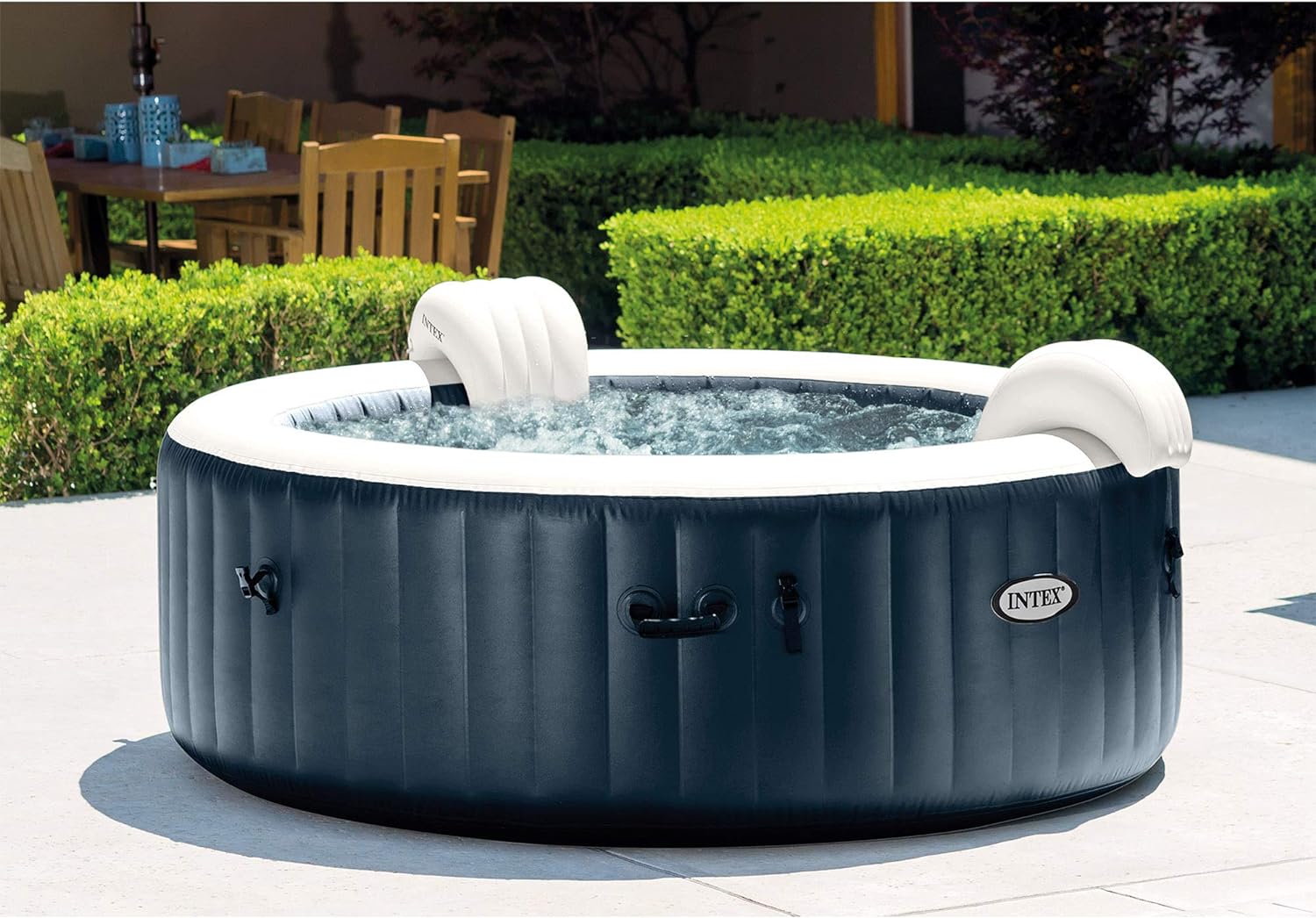
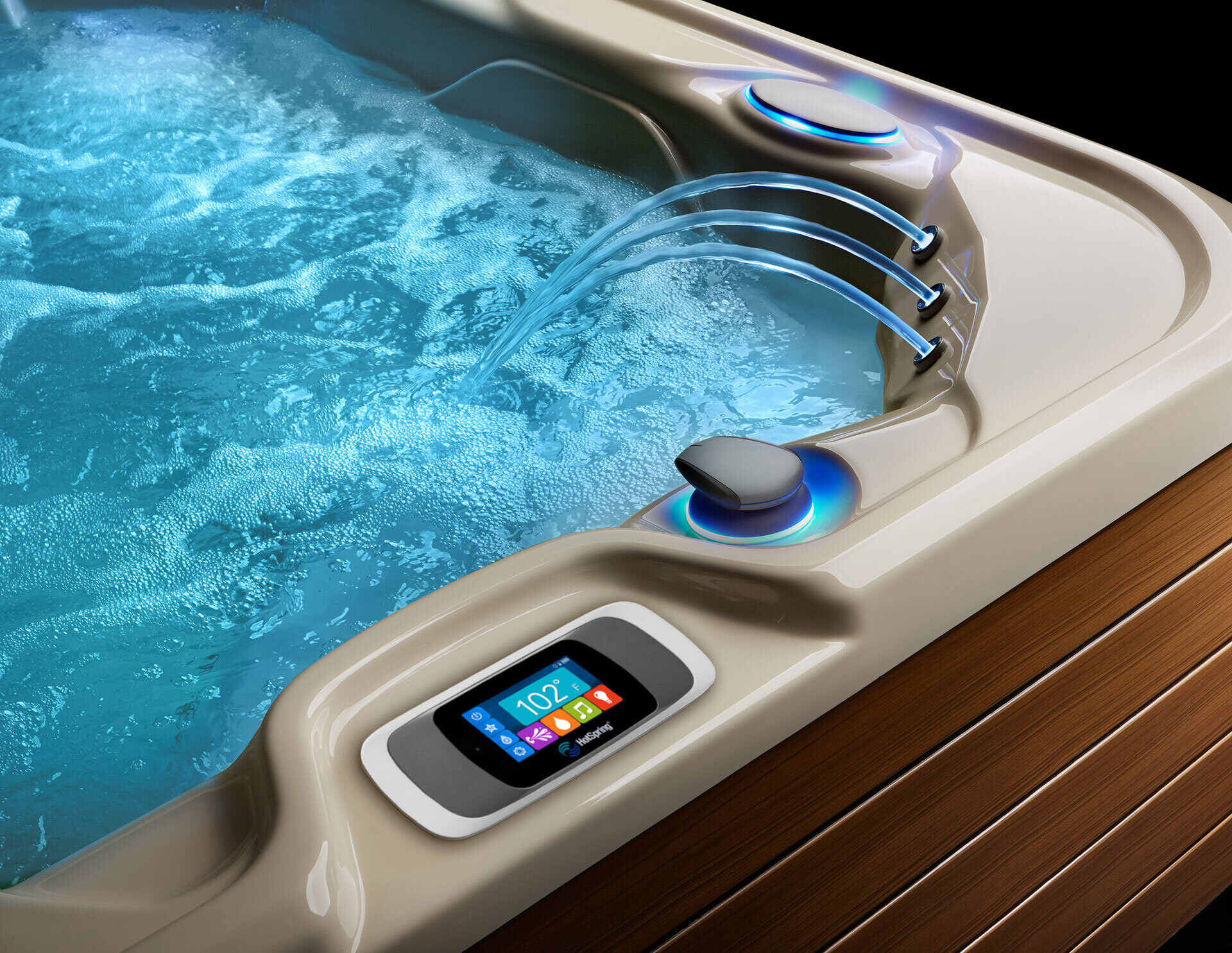
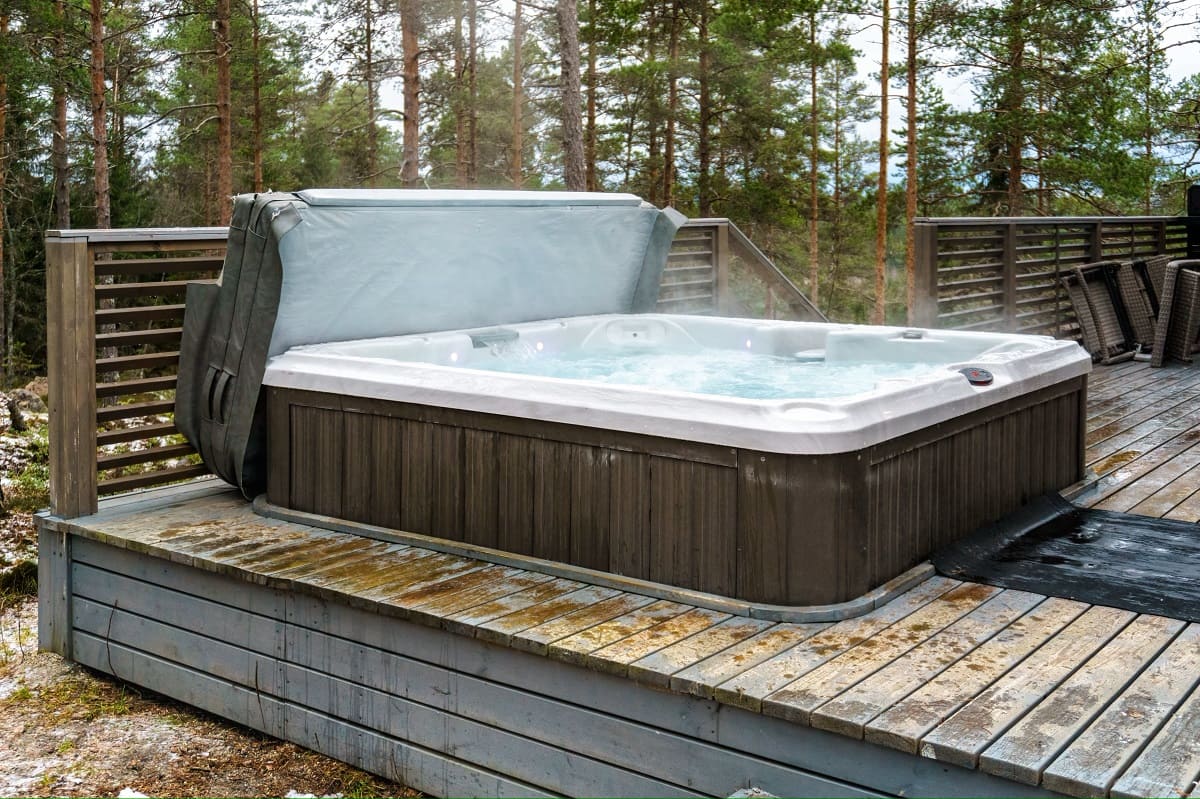

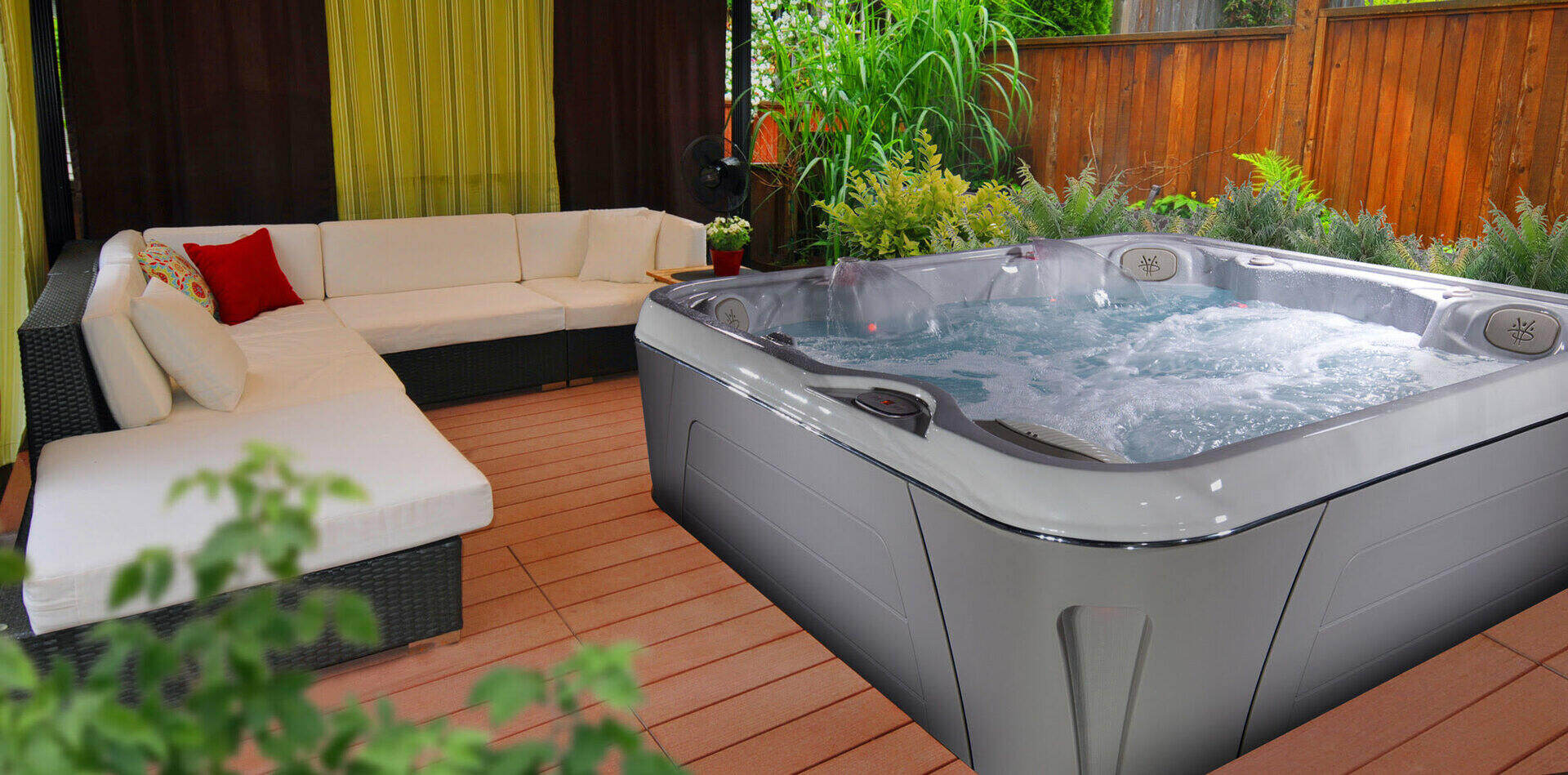

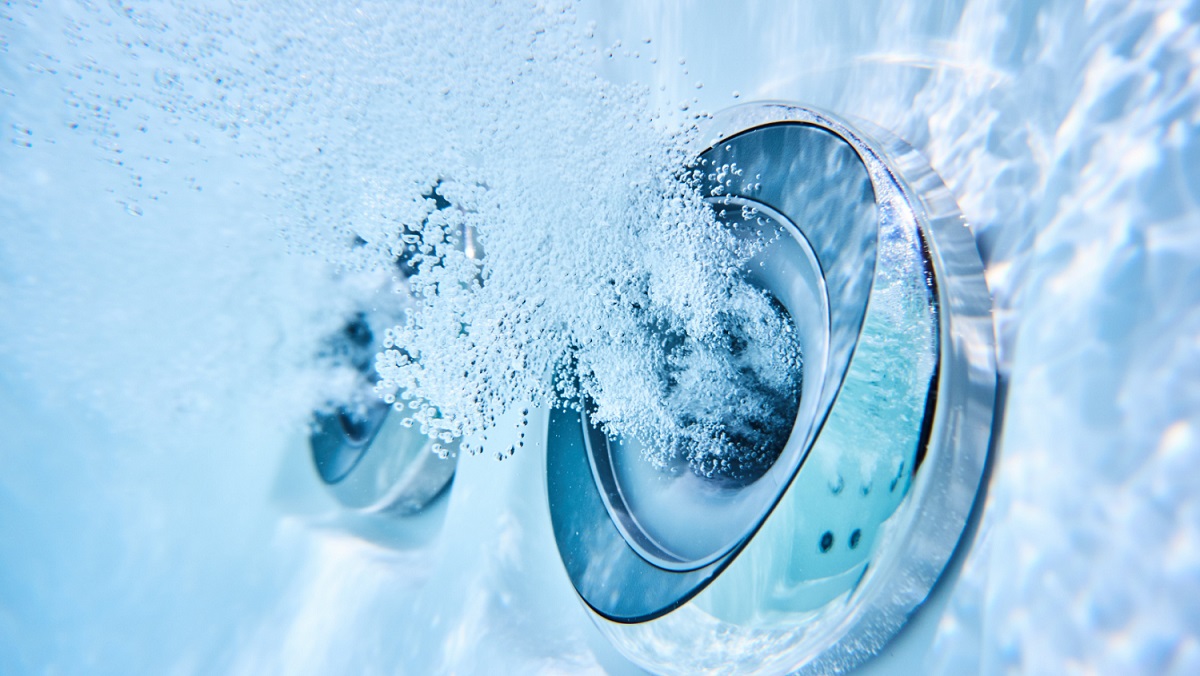
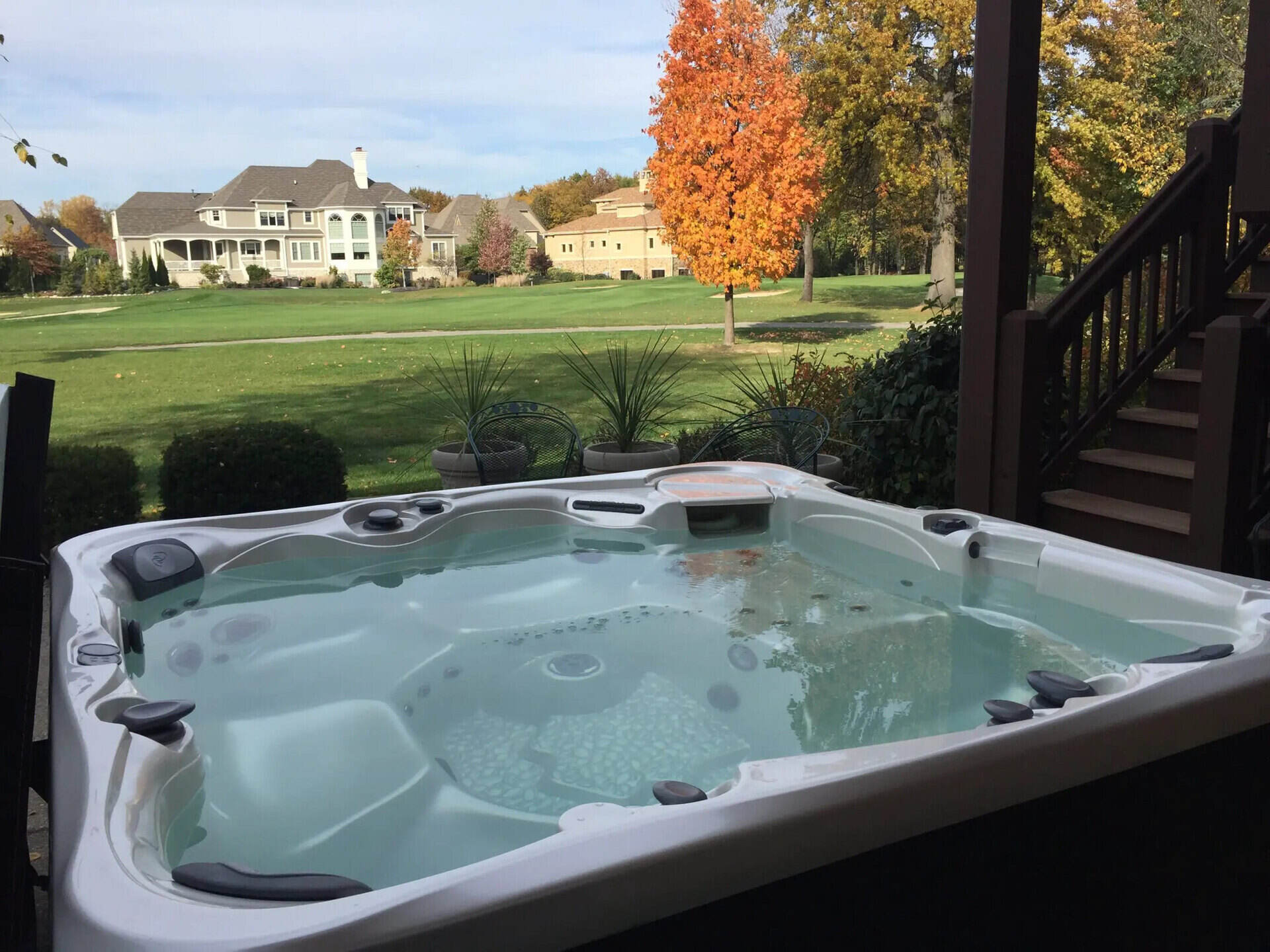
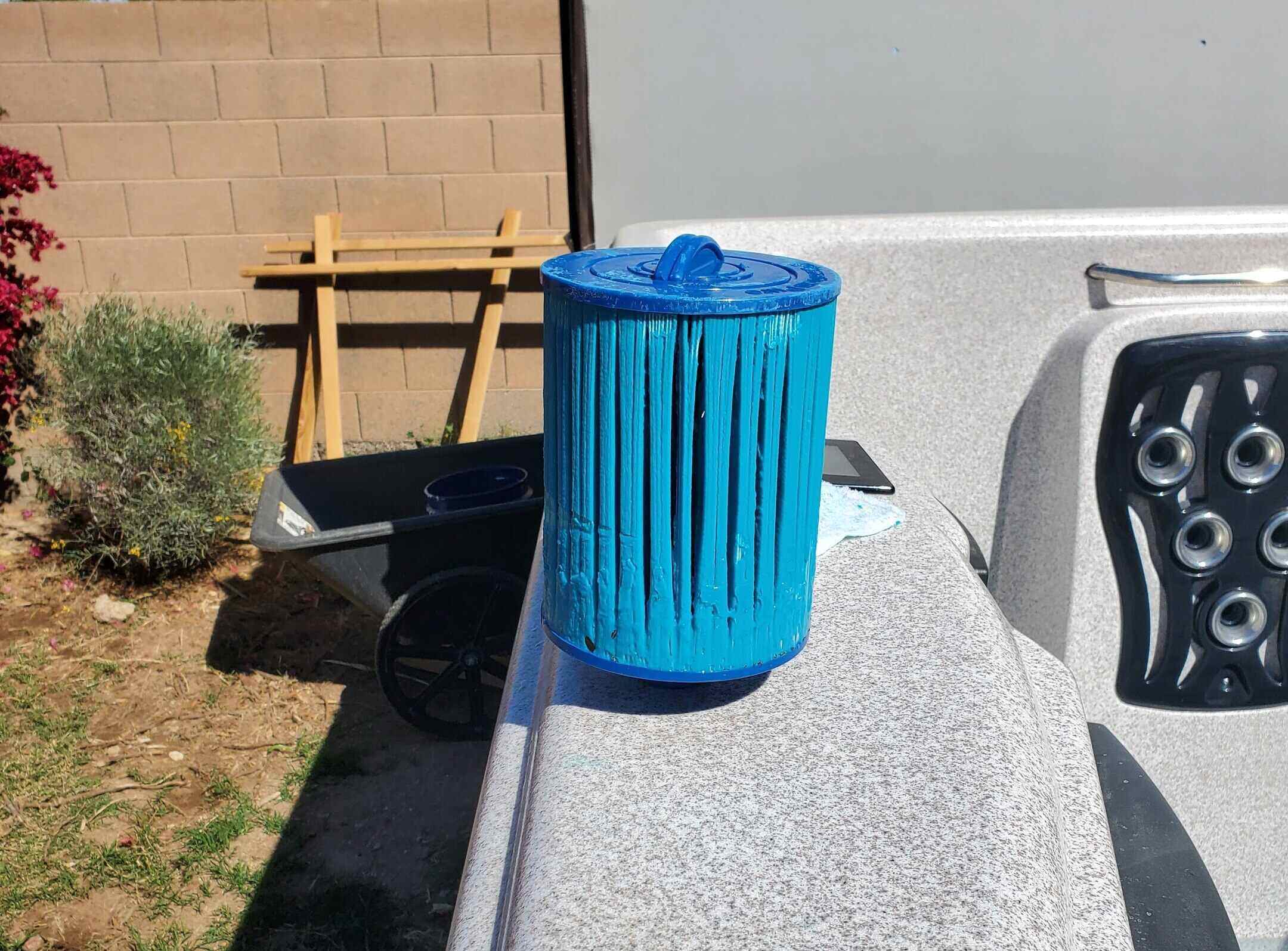
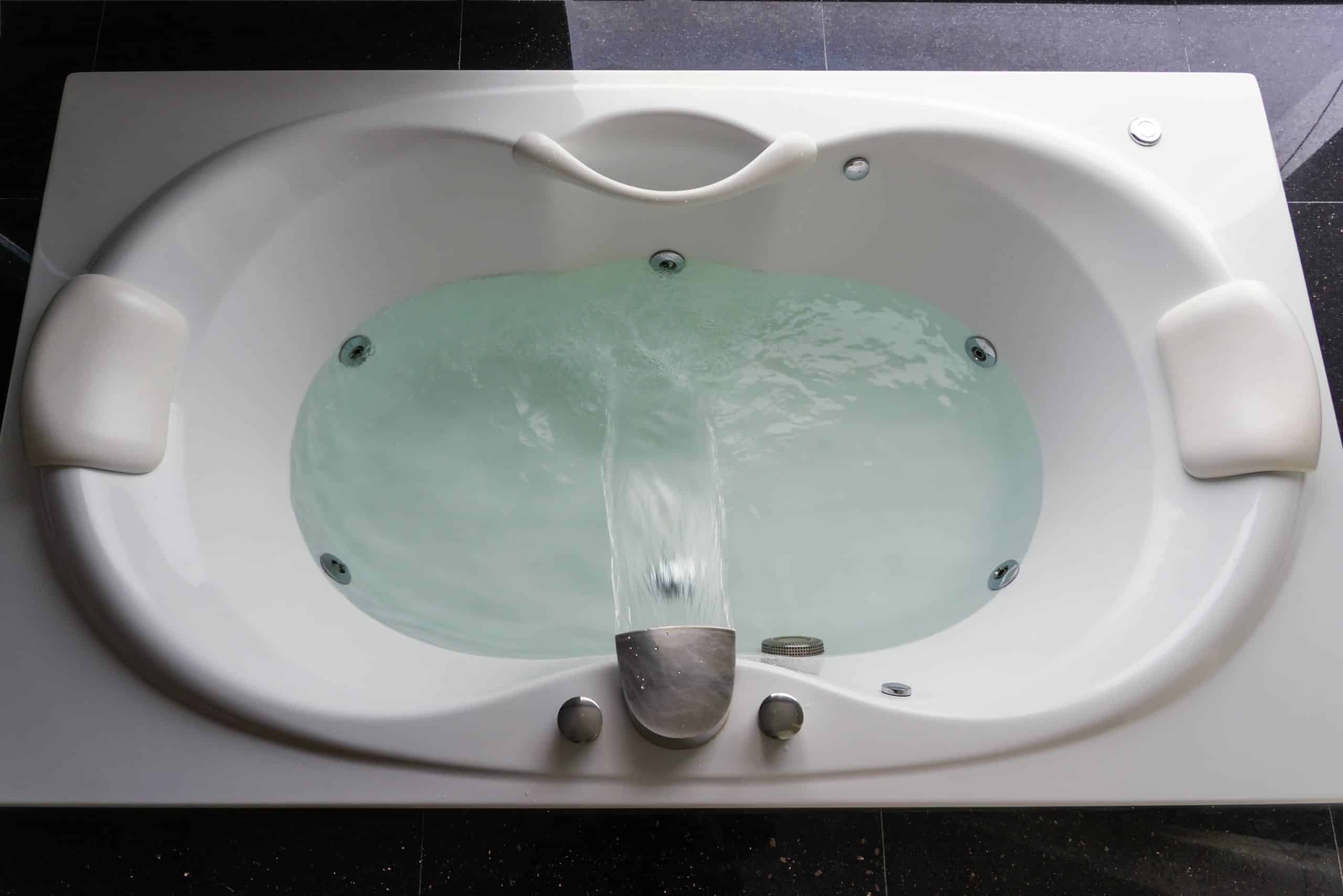
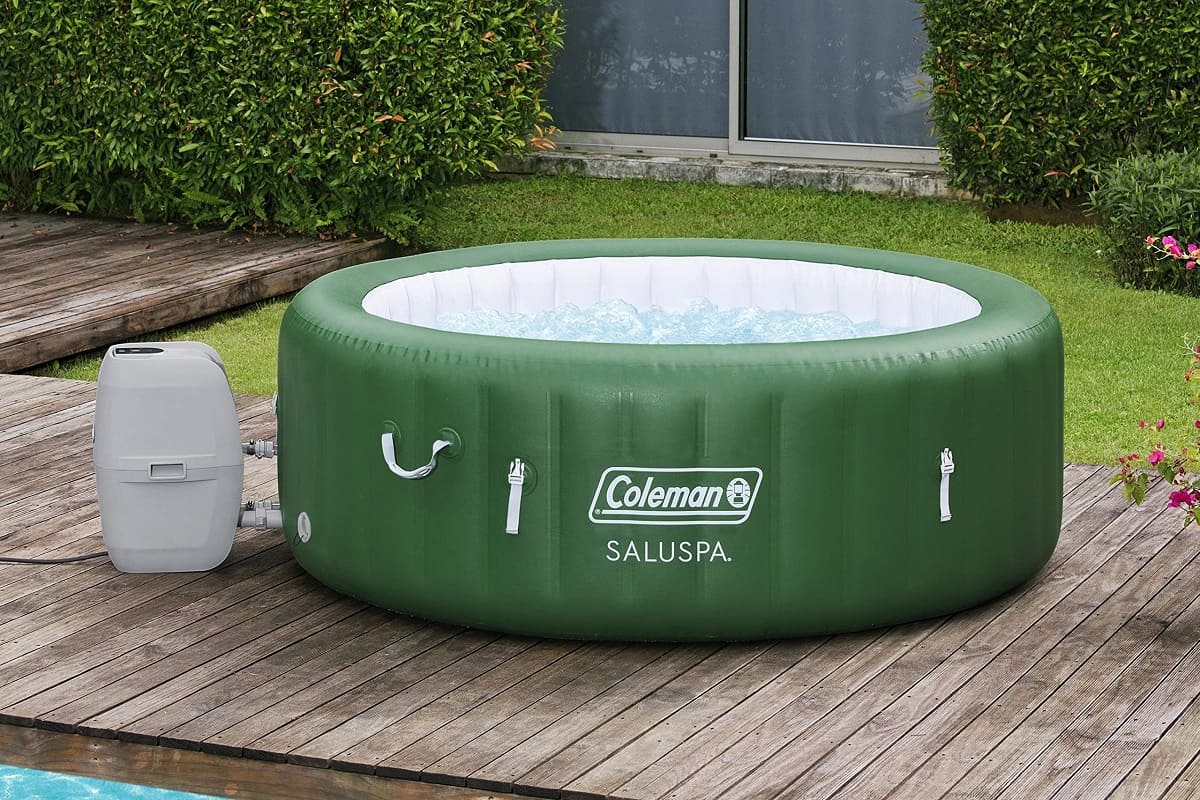
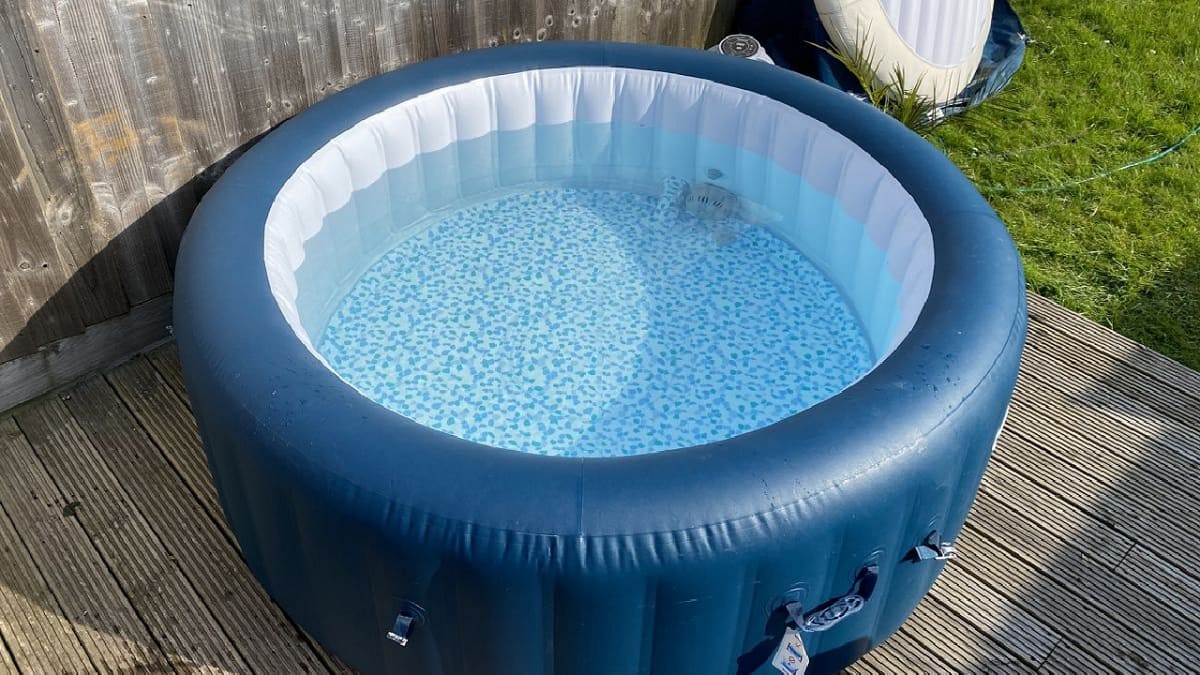
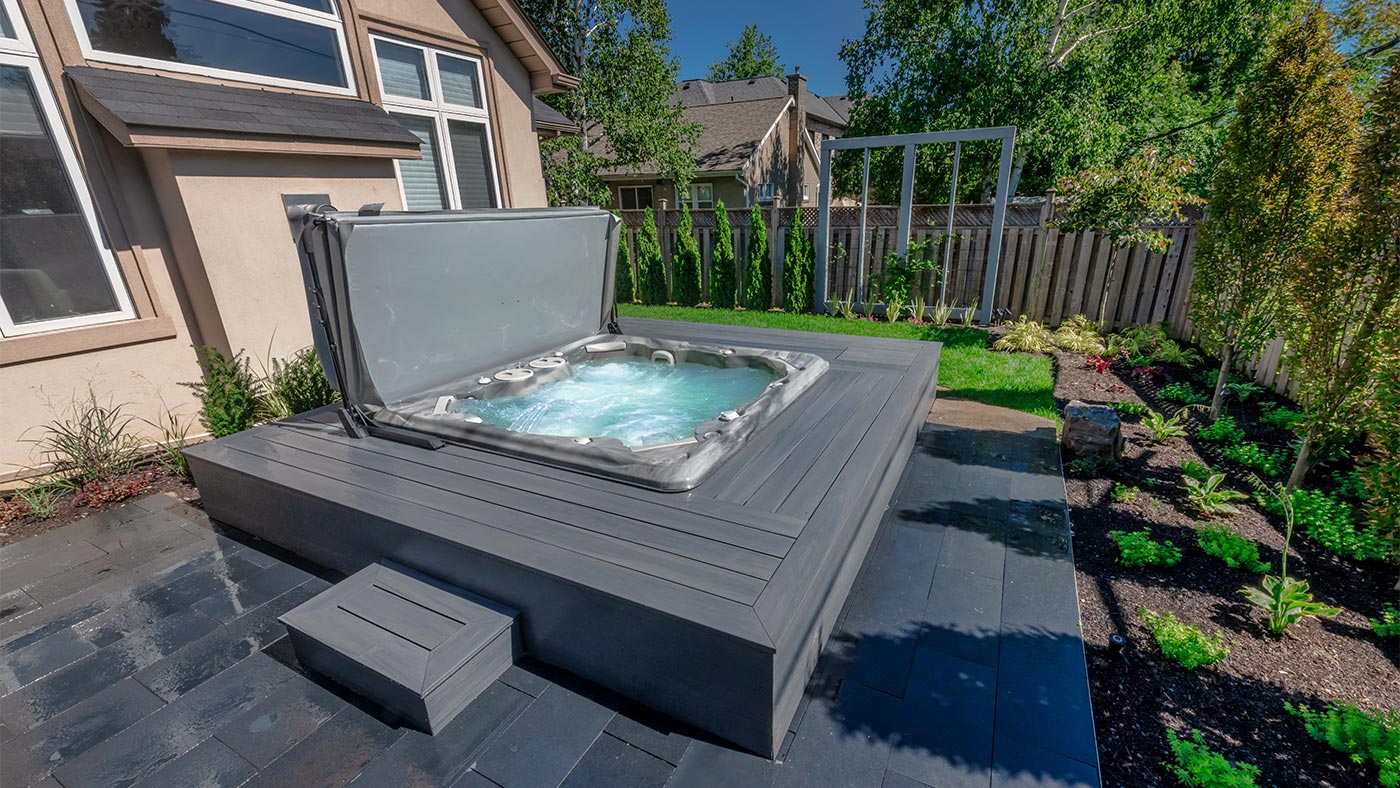
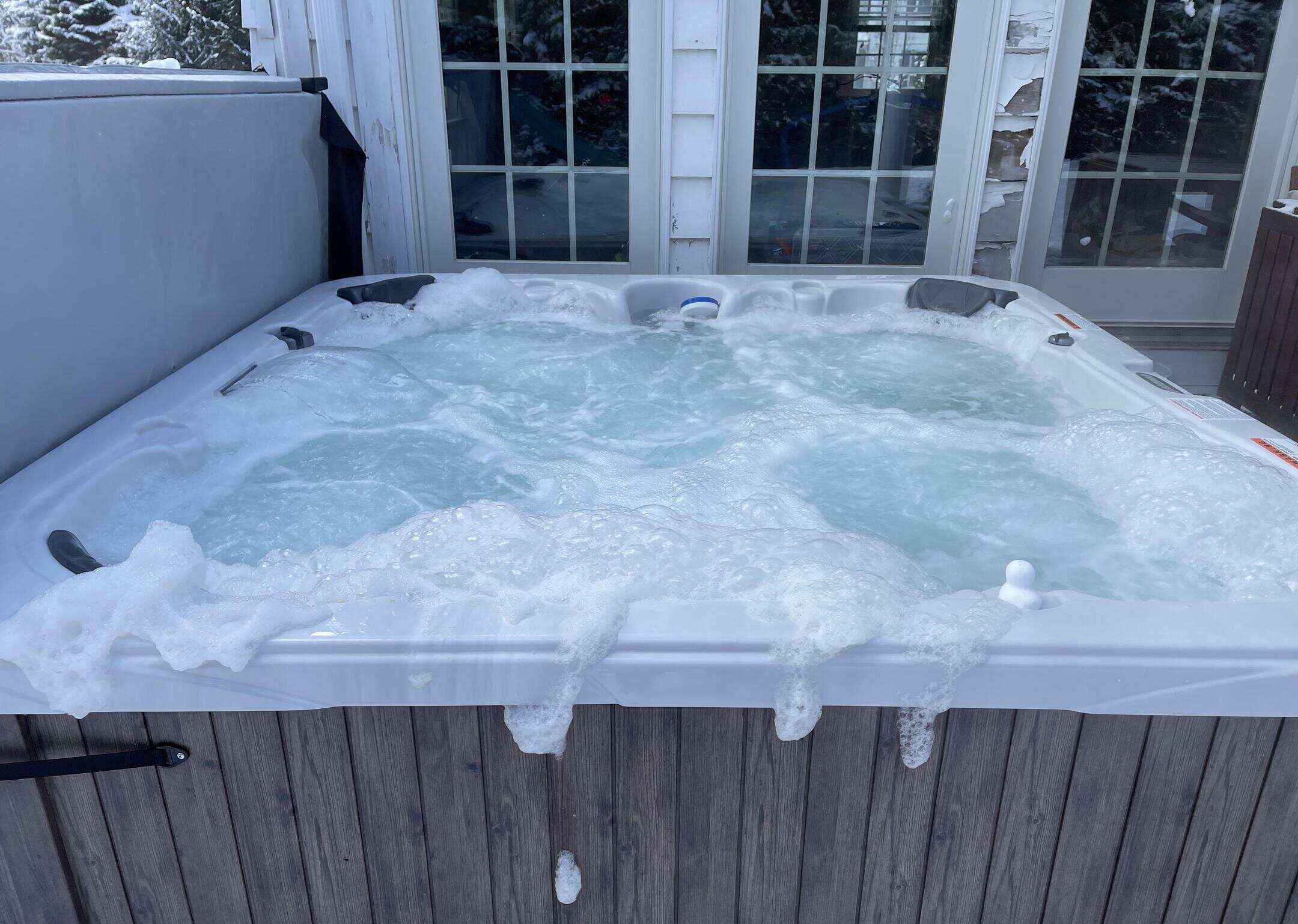

0 thoughts on “Why Is My Hot Tub Not Heating Up”